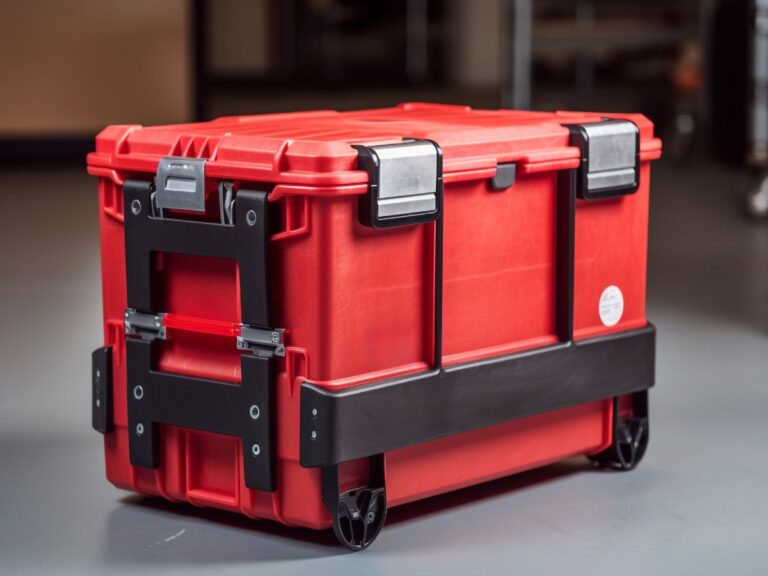According to the numbers, there are over 10 million table saws across the homes of the United States. Besides that, people have this power tool in schools, workplaces, and workshops. Yet, most people are unaware that table saw injuries are the most dangerous of all. You should know that no other power tool, including nail guns, circular saws, chain saws, causes more catastrophic harm.
How are table saws harmful?
Research and surveys say that there are over 67,000 injuries caused by table saws every year. Most of the injuries sustained include lacerations and are that of hands and fingers. However, other body parts are at risk as well since objects fly from the spinning blade, known as “kickback.”
These table saw dangers are unavoidable since the power tool involves a rapid, sharp mechanism. On average, a blade 10 inches in length moves at a speed of 4000 rpm. The outer blade’s edge spins at a speed of 108 mph. These numbers deduce that a blade can cut someone almost every 370 microseconds or 2,700 times in a single second.
Out of the thousands of injuries, about 6% result in amputations because of contact with the blade. Moreover, the medical expenses for the treatment of table saw injuries go up to $2.1 billion annually.
Video Credit – I Build It Scrap Bin
What about safety measures?
You might question whether manufacturers and brands provide safety technology for table saw injuries. The answer would be yes and no, since the technology is either inadequate or deliberately not used.
At the moment, table saws come with plastic blades designed for consumer protection against the rotating blade. However, these plastic blades can be ineffective since several tasks require that they are removed for the performance.
In January 2005, the CPSC made it compulsory for all manufacturers of table saws to include a riving knife and modular guard with the product. The two products protect kickback or the debris produced by table saws. Despite this measure, the injuries maintain their previous numbers.
The CPSC proposed new safety requirements for table saw manufacturers in 2015. According to the new regulations, table saws were to agree to performance standards designed for protection against the table saw dangers.
The “flesh-sensing” technology has been available since 2000, although not implemented. It allows for the table saw blade to sense contact with skin to trigger a safety mechanism. This mechanism stops the blade within milliseconds to prevent lacerations and amputations. Despite the availability of this modern technology, manufacturers don’t incorporate it.
Video Credit – MrFixIt DIY
Why does the industry not use safety technology?
Companies don’t use safety technology because there is an insufficient financial incentive. The industry manufactures and sells 500,000 table saws every year. More than 85% of these are manufactured by well-known brands, including Dewalt, Bosch, Black & Decker, and others.
The table saw injuries are perceived as inevitable because they are inherently harmful. The occurrence of injuries is blamed on the people, their carelessness, and no attention to the instructions provided. However, people should recognize the unwillingness of manufacturers to provide safety for consumers. Moreover, users should take measures for their protection.
What precautions can you take?
The following are the safety measures users can employ before and while working with table saws.
Before you begin-
- Don’t wear loose-fitting clothes, gloves, and slip shoes.
- Put on eye protection.
- Roll your sleeves to keep them away from the saw.
- Check the table saw before usage.
- Ensure that it is fastened securely to the stand.
While you’re working-
- Keep the riving knife ready to prevent kickback.
- Wait for the blade to stop before picking up scrap.
- Don’t position yourself, your fingers, hands in the line of the blade.
- Use the guard whenever possible.
- Set the blade at the proper height and unplug before you change it.
- When the motor slows down, slow the feed rate.
Until the industry employs protective measures, users should be attentive while working with table saws. The table saw dangers are extremely severe and thus require extra precaution. Ensure your safety beforehand to prevent future accidents.




